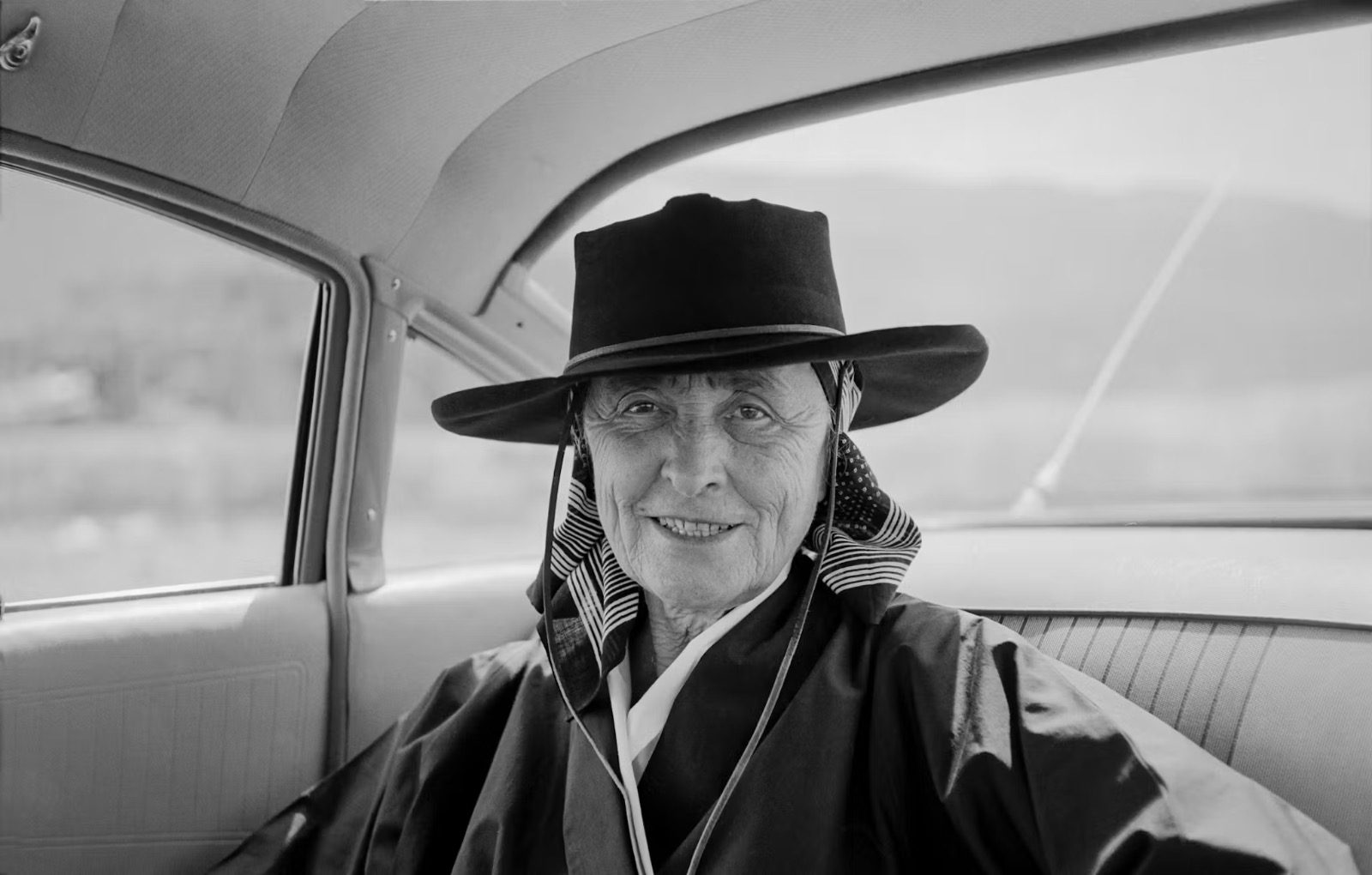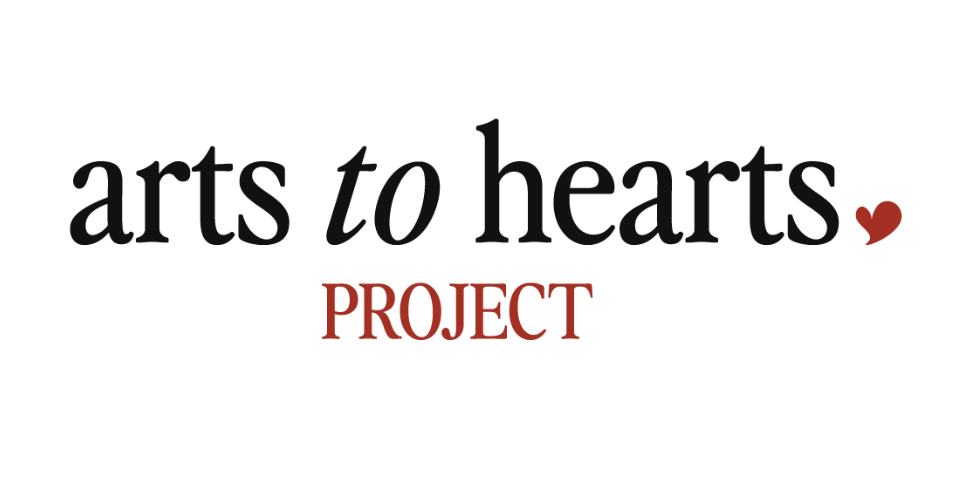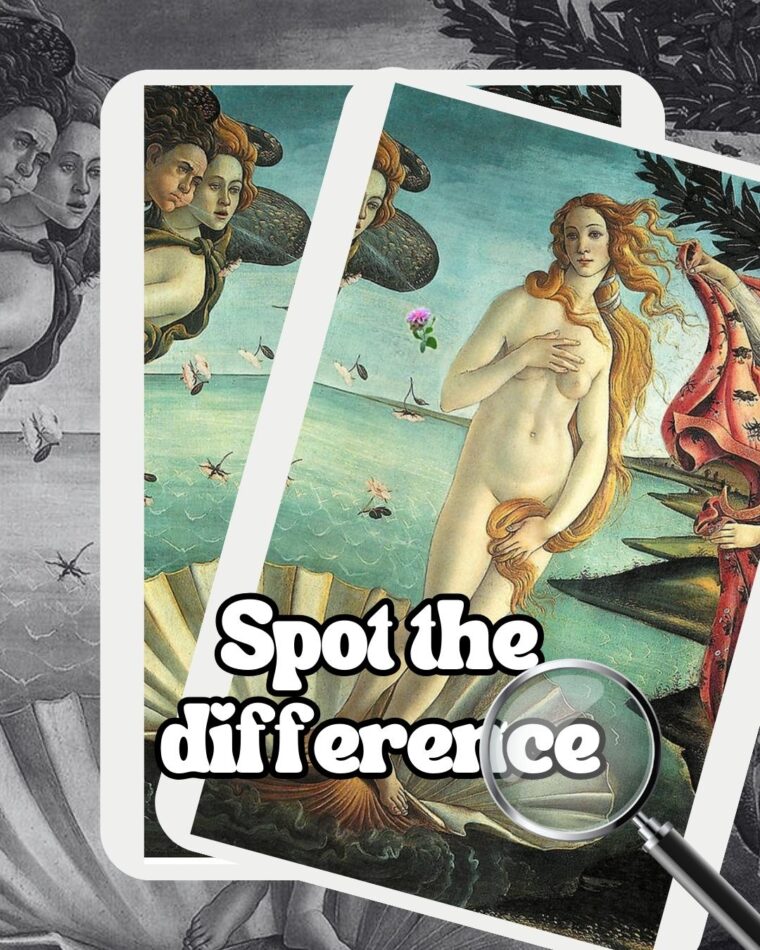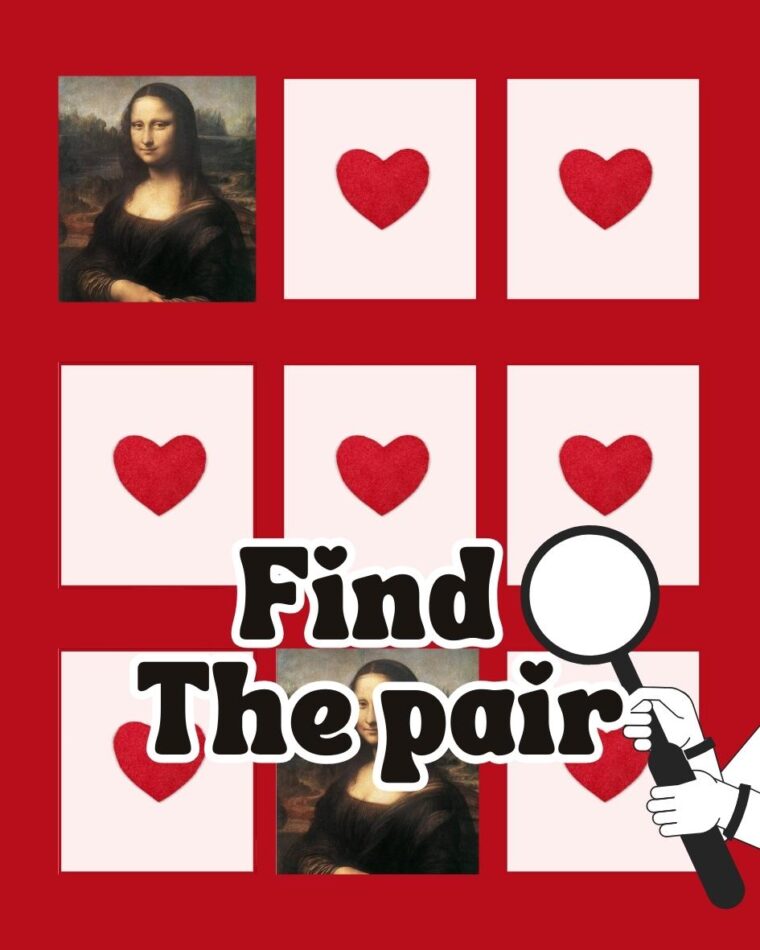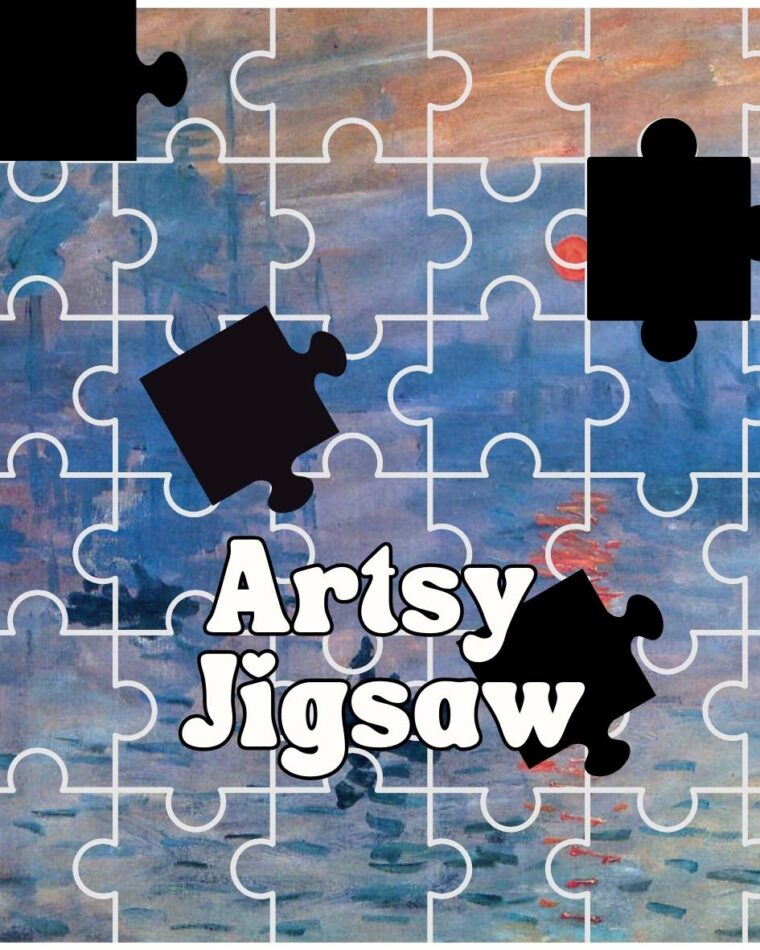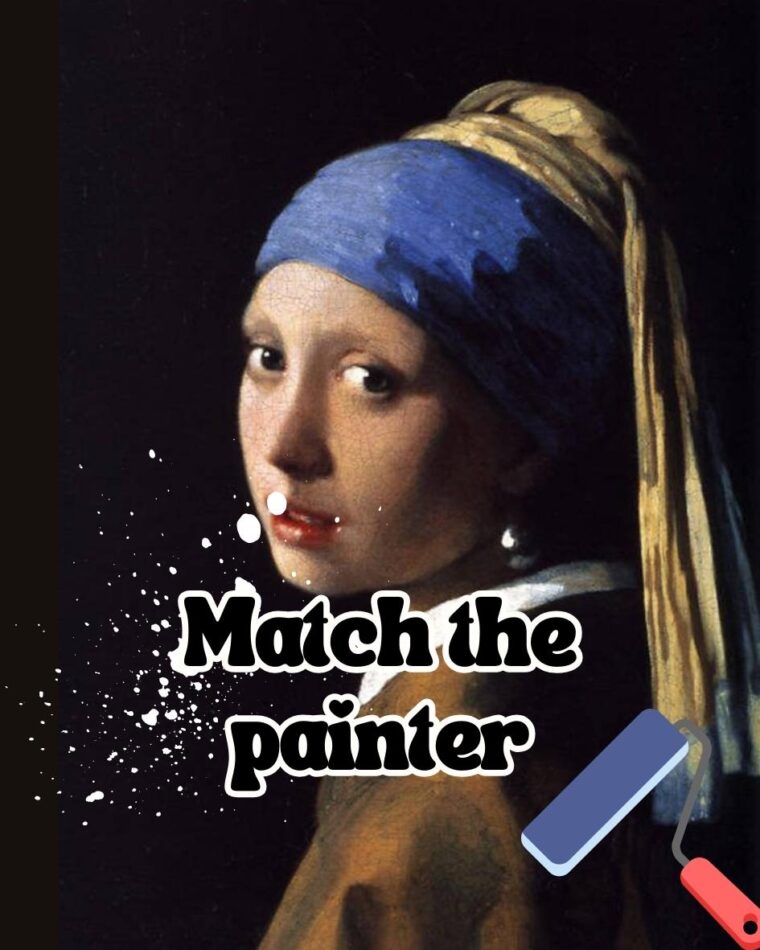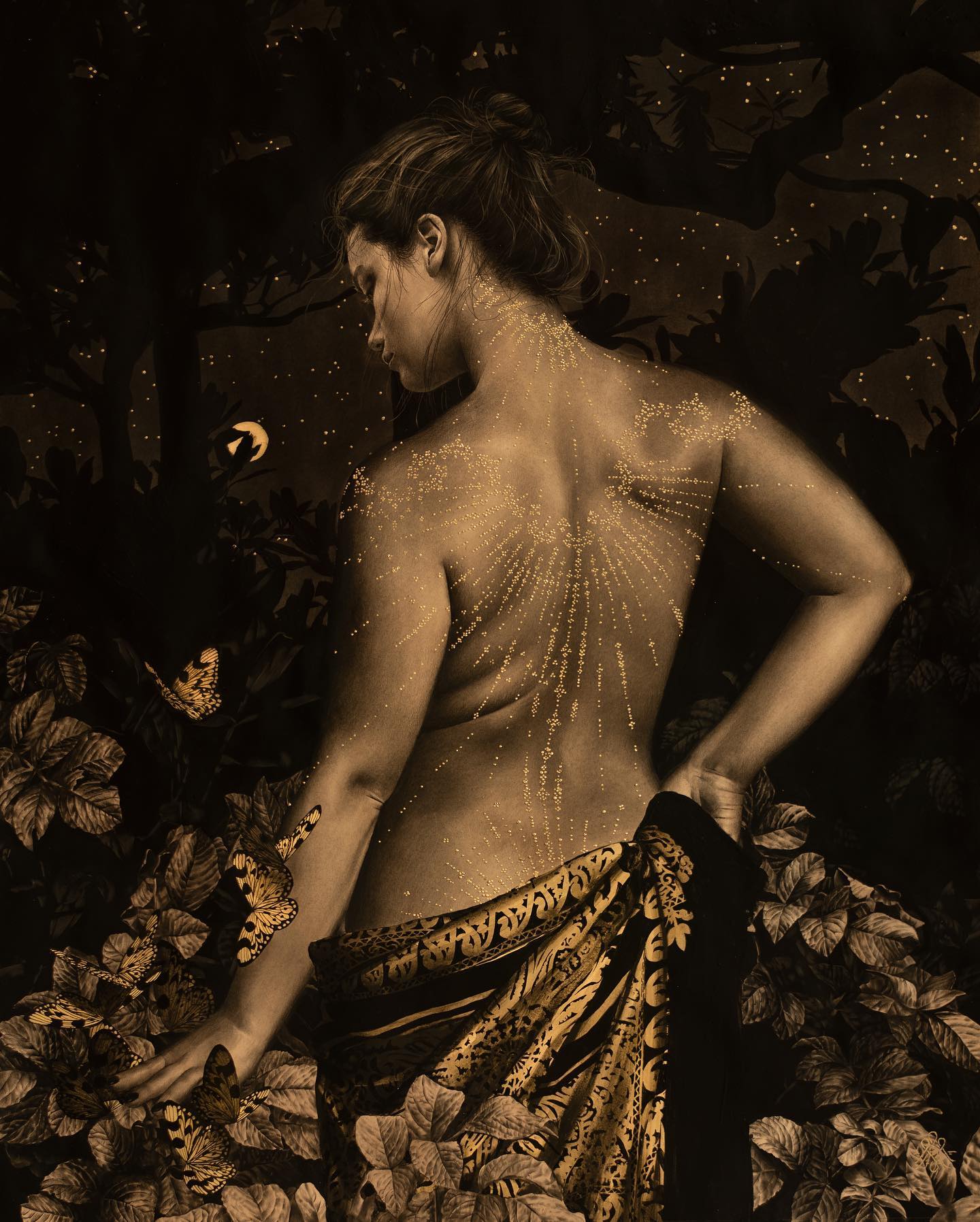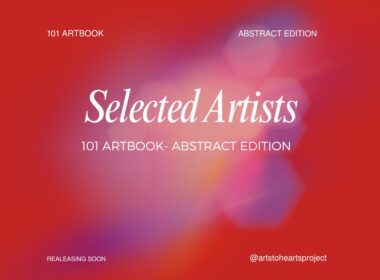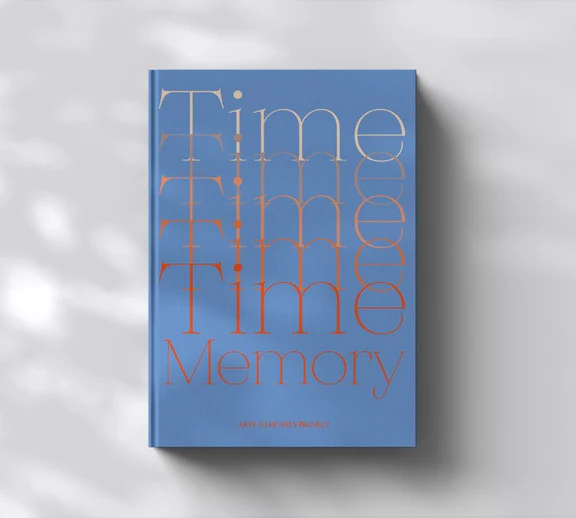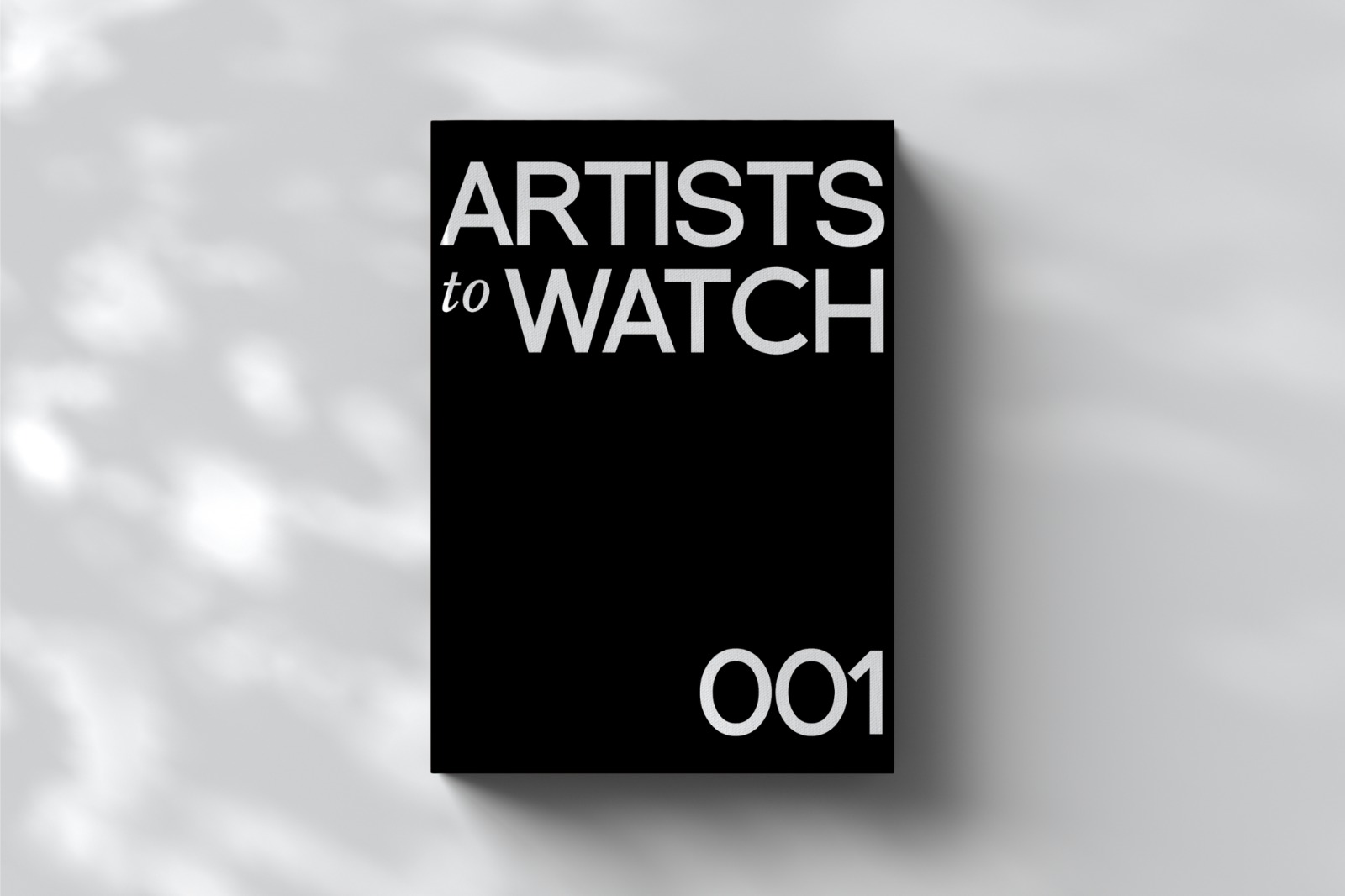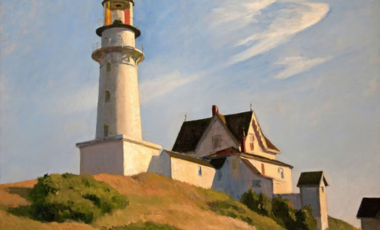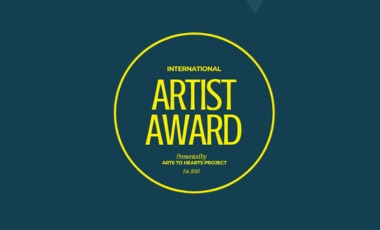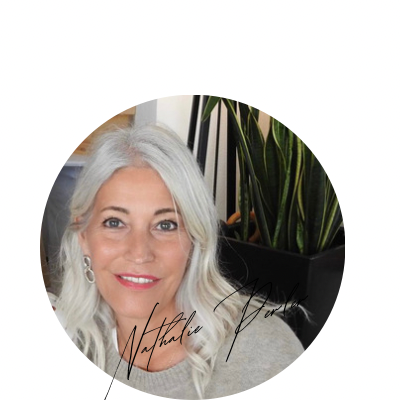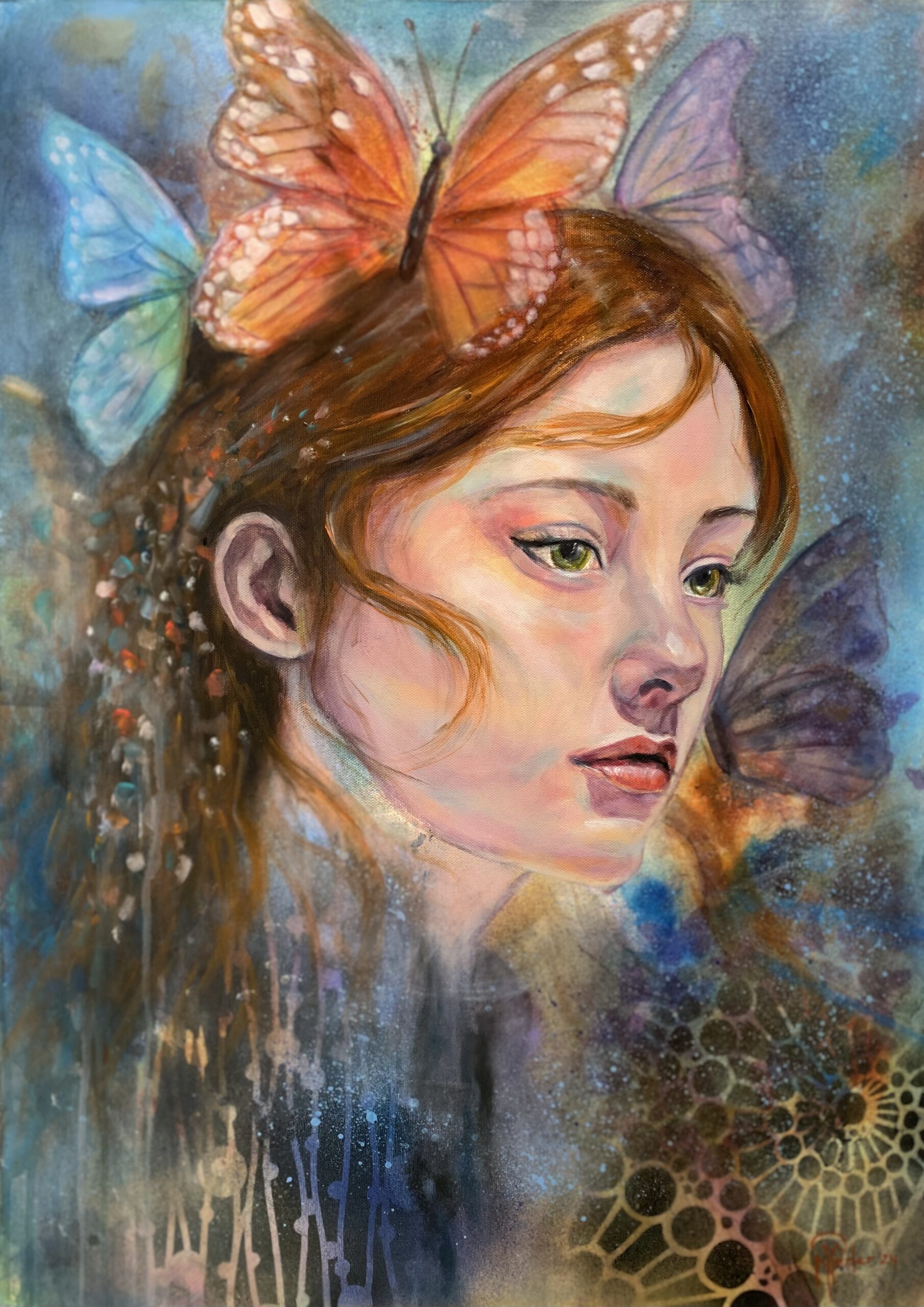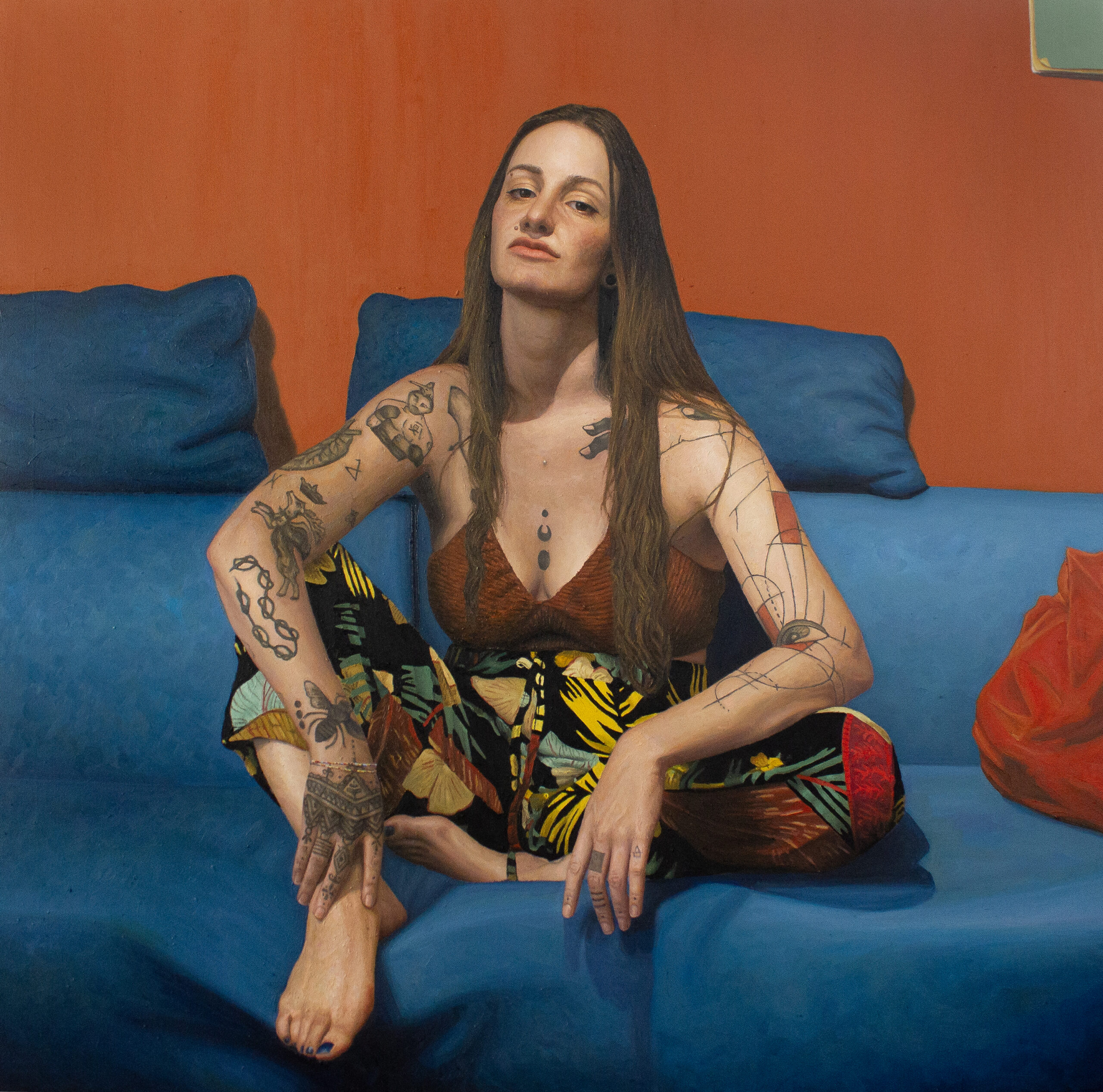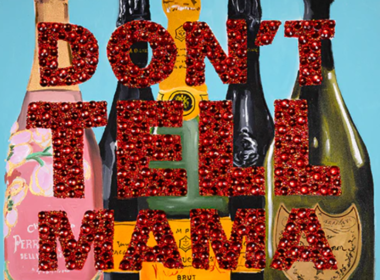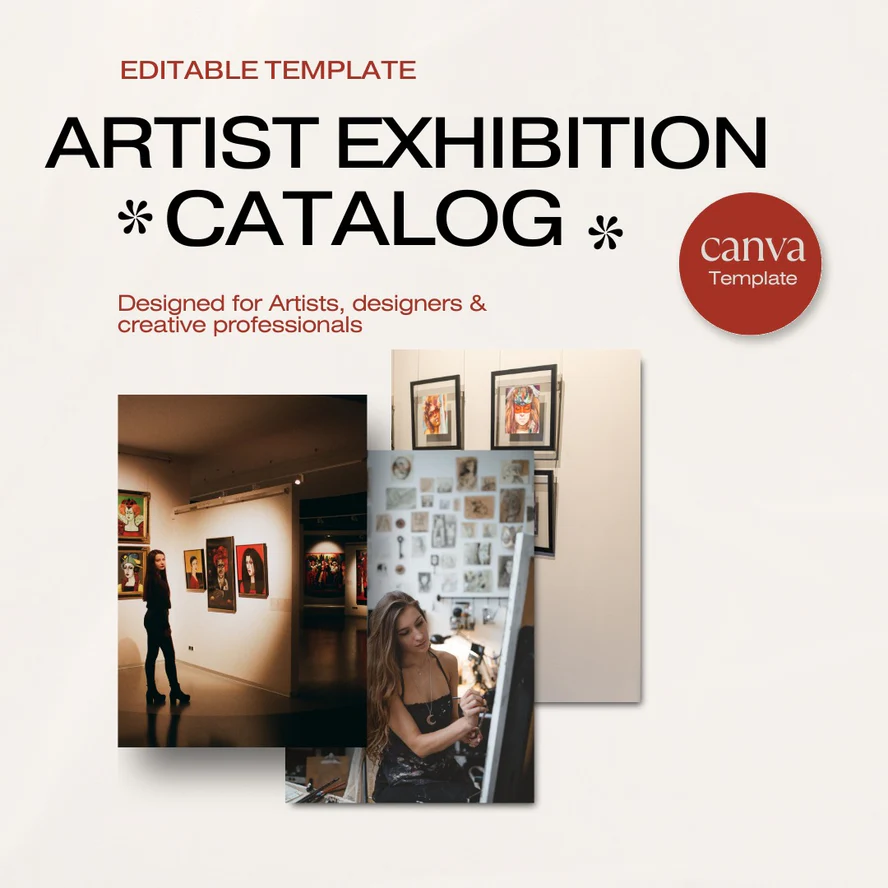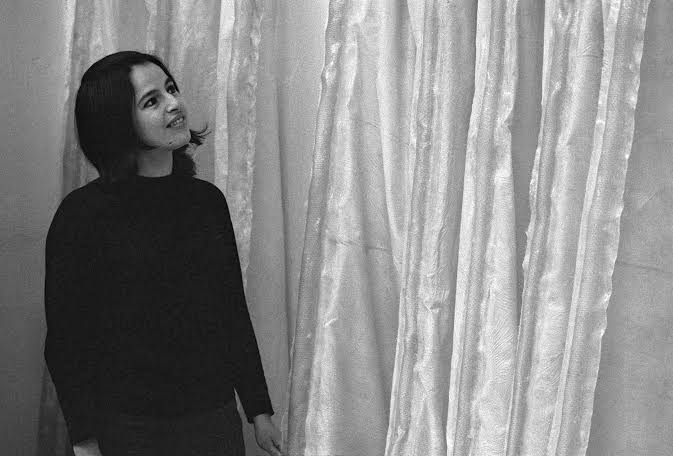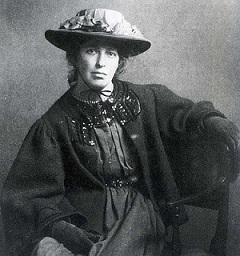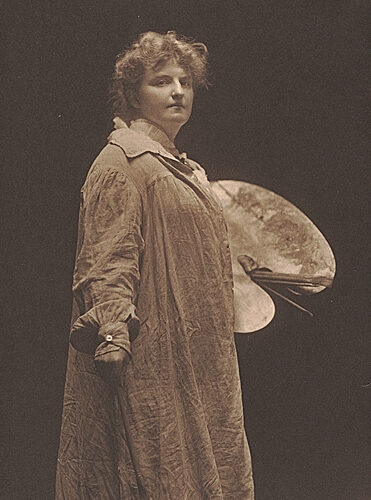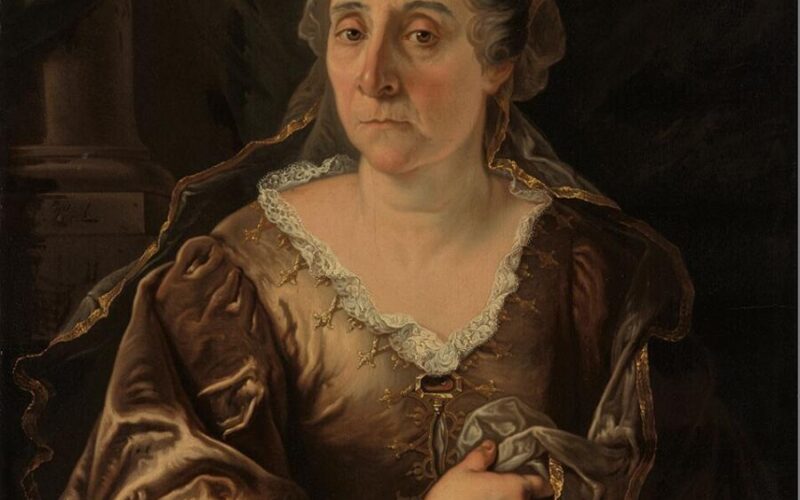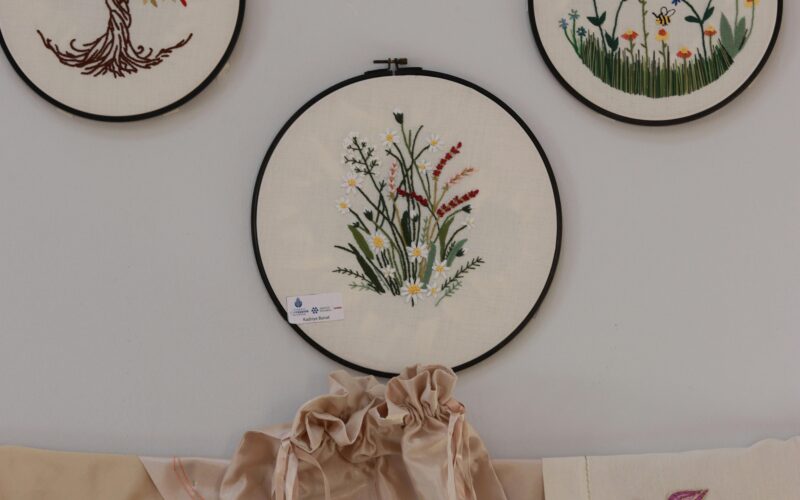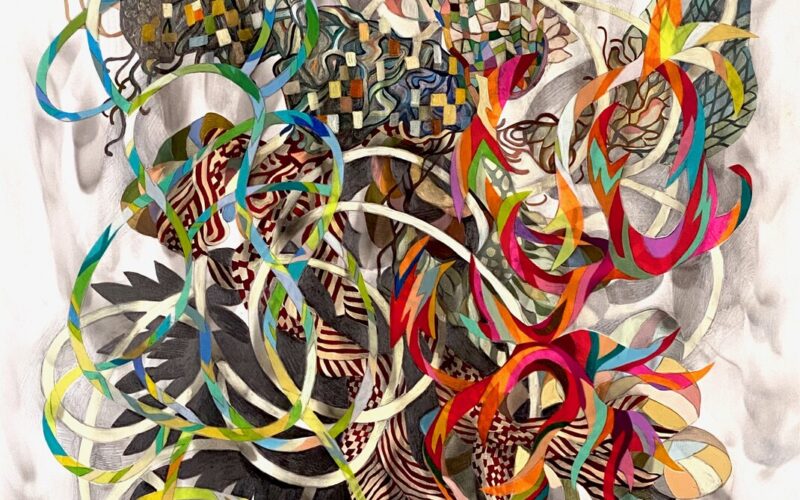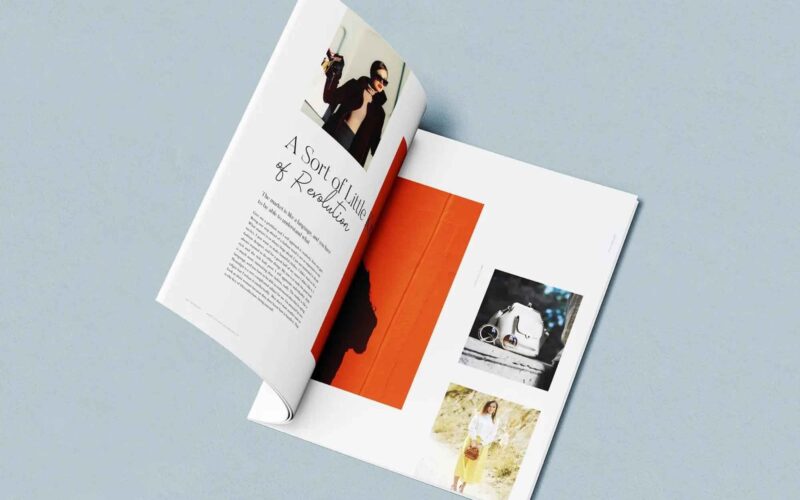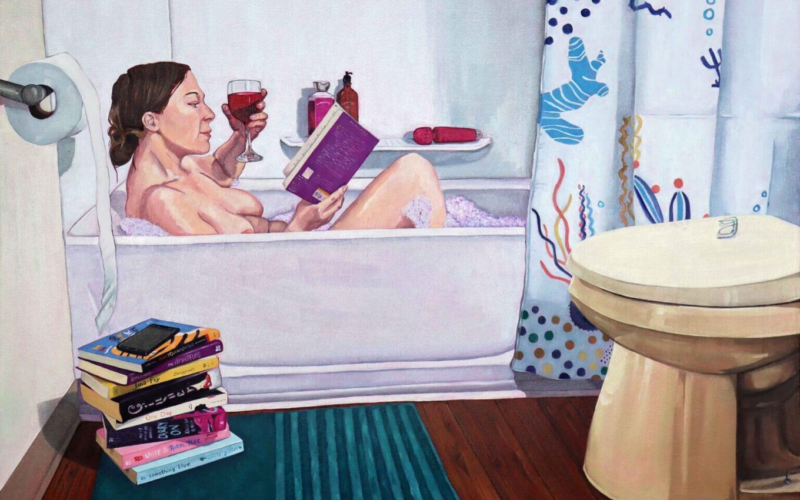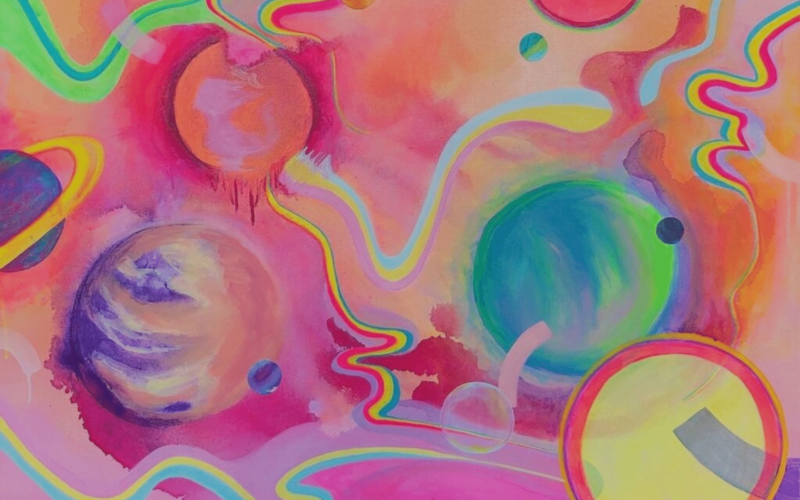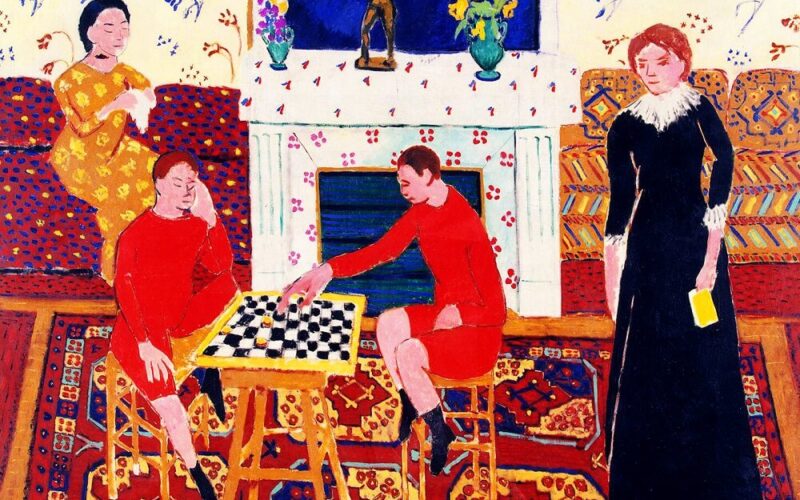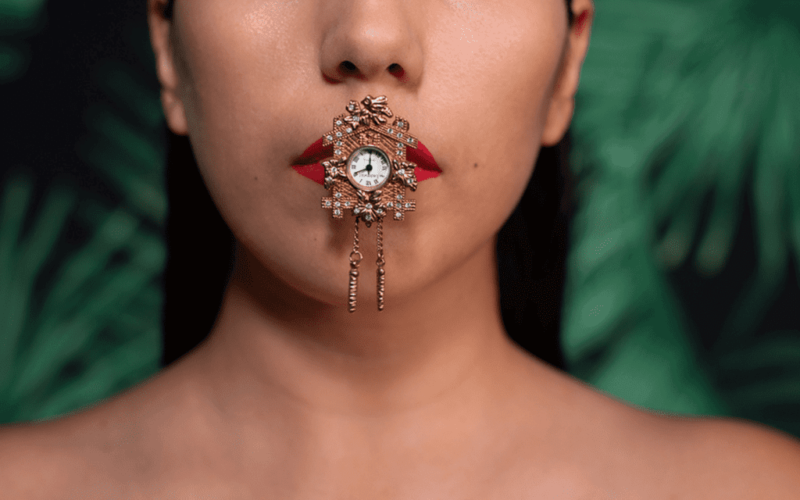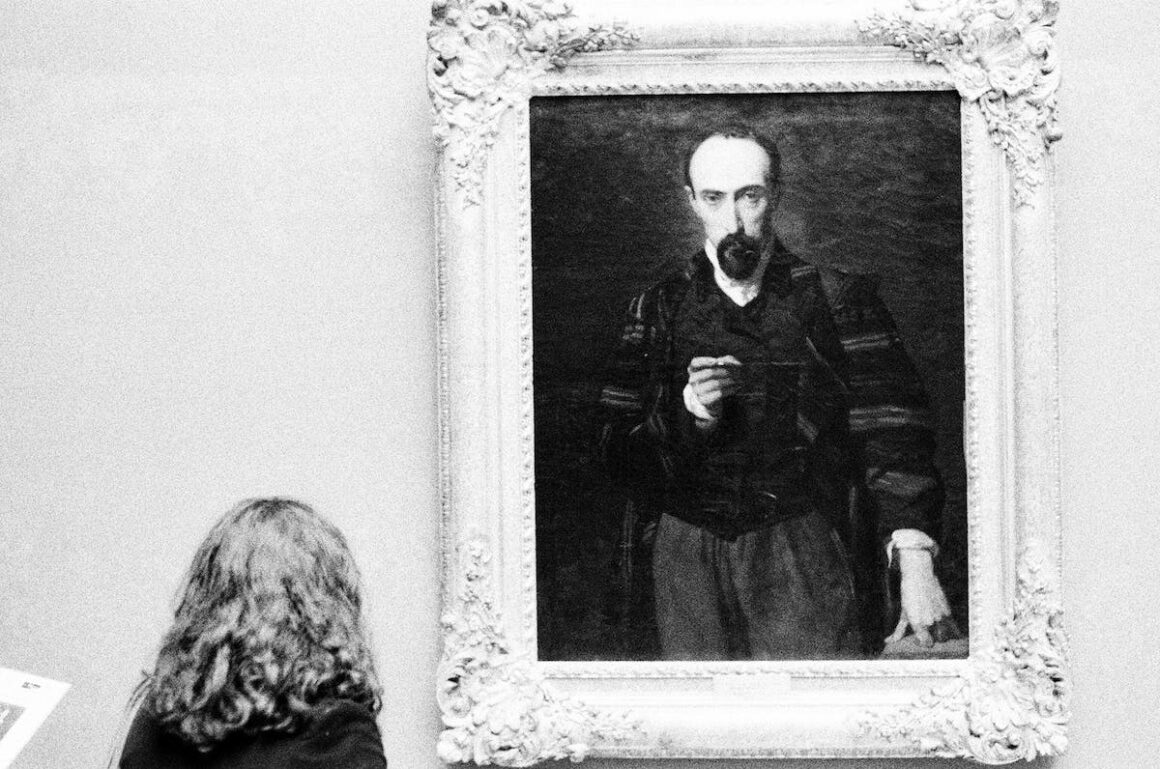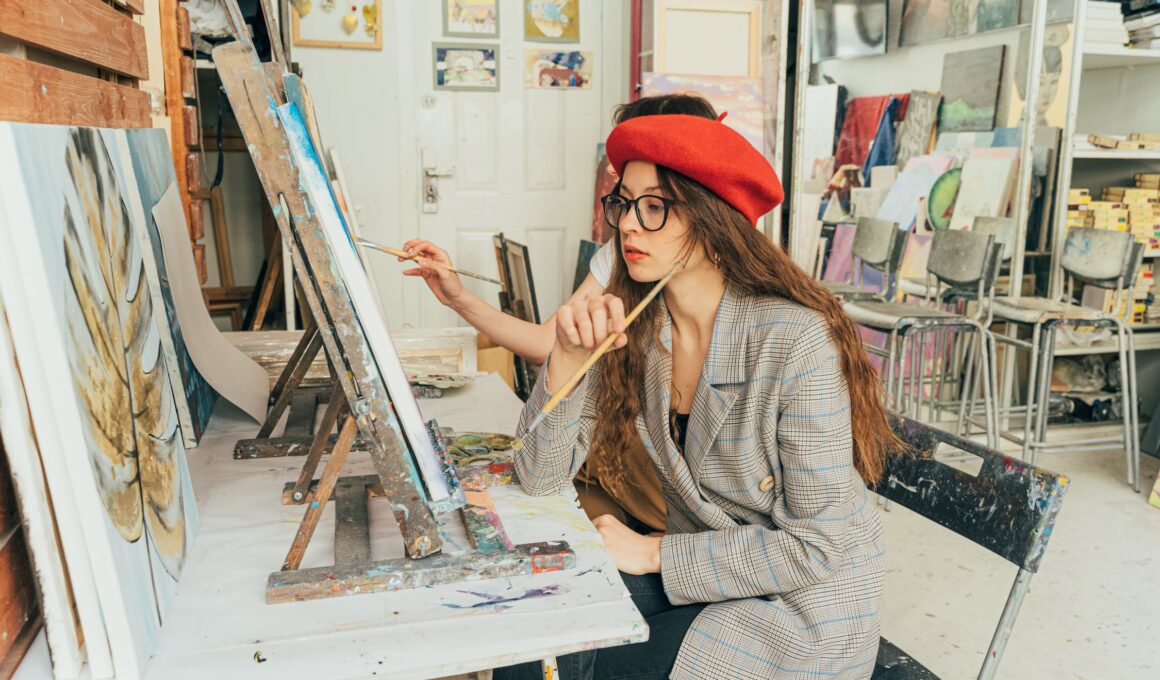We are a global media, publishing and education company for
Artists & Creatives
+ Global Publishing opportunities
+ 1000+ resources to scale your career
+ Likeminded community of 20,000+ Women creatives


We are a global media, publishing and education company for
Artists & Creatives
+ Global Publishing opportunities
+ 1000+ resources to scale your career
+ Likeminded community of 20,000+ Women creatives

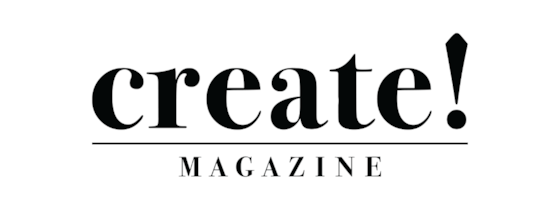

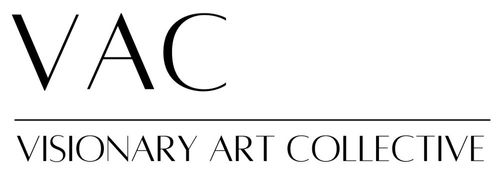
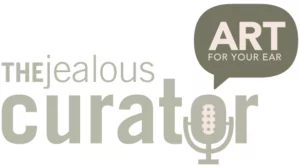

Submissions Open Now!
Calling for the Next “ART STAR”
Showcase your artistic talent and get the recognition you deserve. Join our exclusive platform for emerging artists.
Art Stars of 2025!
FREE DOWNLOADS TO ELEVATE YOUR GAME.
FREEBIES

Loresum Ipsum Loresum IpsumLoresum IpsumLoresum IpsumLoresum IpsumLoresum Ipsum

Loresum Ipsum Loresum IpsumLoresum IpsumLoresum IpsumLoresum IpsumLoresum Ipsum

Loresum Ipsum Loresum IpsumLoresum IpsumLoresum IpsumLoresum IpsumLoresum Ipsum
Arts To Hearts Club
Join our month-on-month membership tailored specifically, for the modern-day women in the Arts!
We believe in experiential learning and a hands-on approach when it comes to growing our creative
careers. There is noone formula that fits all and hence we have curated a holistic experience for every career
stage artist from the budding hobbyists, hustling professionals, and ambitious creative entrepreneurs to the
artsy patron. From a rich resource of visual & progressive learning to creative collaborations, we have it all.
Learn this week in the Club
Welcome to our platform where you can discover,
learn and talk about all things contemporary art!
Trailblazing women from Art History
Arts To Hearts Podcast
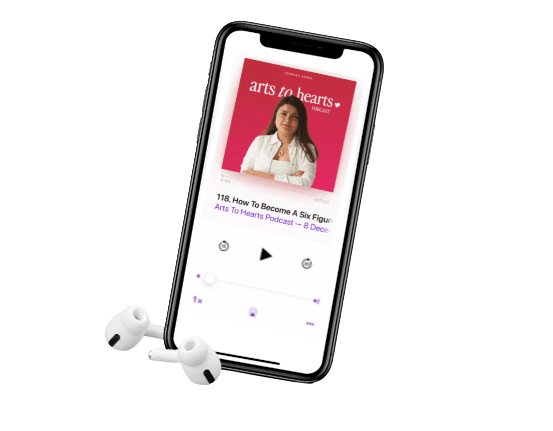
A popular podcast for women in the visual Arts. Charuka records this journey as she works out of her studio in Delhi & Agra. Join her amidst her messy, but oh so real conversations from creative women from around the world.
Welcome to Arts To Hearts Podcast, the premier podcast for visual Artists. With over 20,000+ downloads, 150+ shows, and hundreds of reviews, we provide a unique experience. Each episode is a raw and intimate conversation with women in the Global Arts. Discover the power in connecting the Arts to the Hearts and join our creative family. Subscribe today, grab a cup of coffee, and listen with an open heart. You won’t want to miss out!
Dive into the Podcast Episodes in these beautiful pages
Learn this week in the Club
Welcome to our platform where you can discover,
learn and talk about all things contemporary art!
Artist to Artpreneur: Everything you need in the Biz
NEW ARRIVALS
Arts To Hearts Gallery
Contemporary represents emerging artists. Buy affordable art online, we ship worldwide!
About Us
It is one thing to have creative skills and totally another to build a successful & profitable creative career/business out of them. Reports say more than 80% creatives find themselves lost when it comes to monetising their creativity in to profitable careers and businesses. Hence, was born Arts to hearts project.
A global creative community uniting multi-passionate women creators to build successful, fulfilling, and money-making careers via collaboration, learning, community, networking, and peer-to-peer learning.
Every member of this organisation is motivated by a desire to improve the world for creatives and to see them succeed in their way. We are a women & artists run organisation deeply passionate about serving our community.
We showcase exemplary artists from within our community, create resources, publications, opportunities, lessons, courses and materials with the help of experts from around the world. We also abundantly create free content for you to learn something new everyday be it from the Podcast interviews, youtube lessons or our daily articles.
So, Dear artist we are thrilled to have you here and look forward to having you as a crucial member of our community. Use ATH to engage, discover & build meaningful allies with women artists from all over the world. Lean in to find/share support, guidance, projects and a creative inner circle.
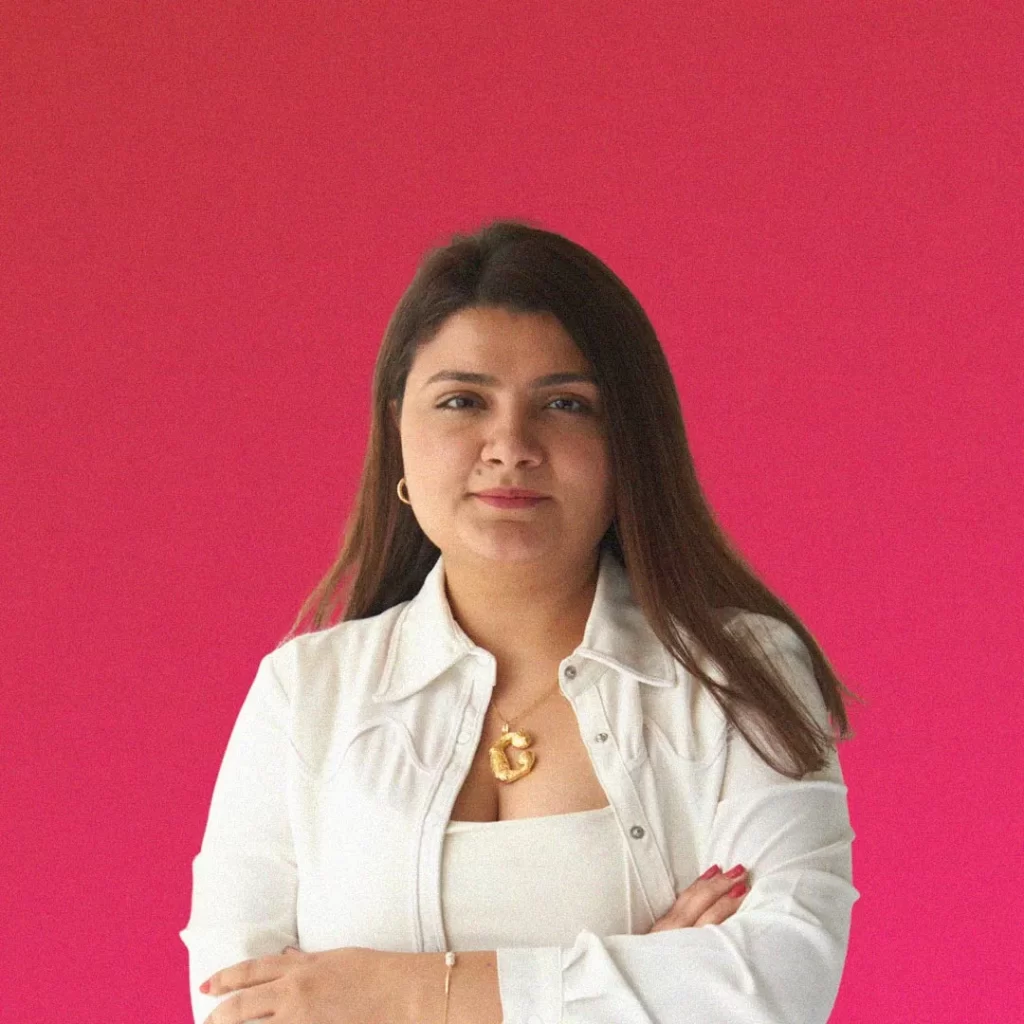
Charuka Arora
Founder & Editor-in-chief
Editor’s Desk & Team’s pick
